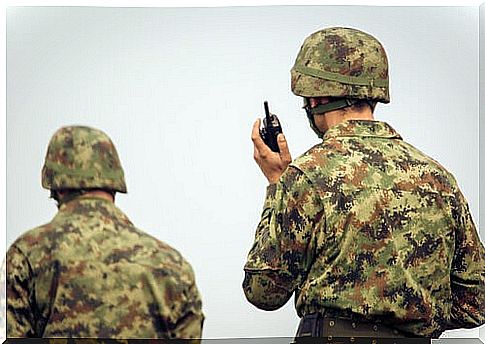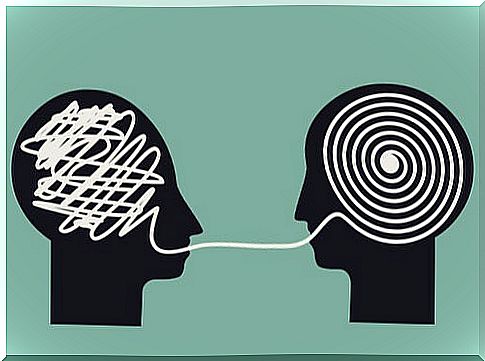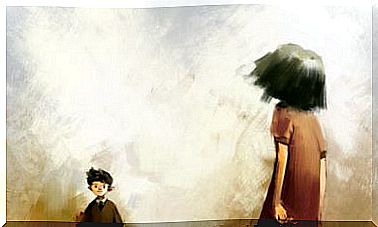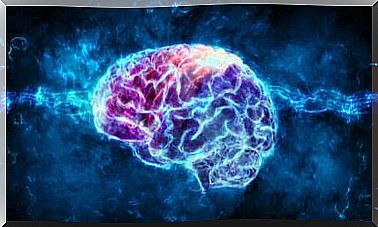Carl Hovland: Biography And Study On Persuasive Communication

The man at hand today, Carl Hovland, is a brilliant experimental psychologist who did not belong to any particular psychological focus, but his investigations laid the foundations for numerous social, experimental, and cognitive psychological models. Carl Hovland has been one of the most influential psychologists of the 20th century.
His professional career was dedicated to research in the field of persuasion, group dynamics, communication and thought. His entire academic life was spent at Yale University. He also cooperated in very important research work for the United States Army and the Rockefeller Foundation.
He was the founding father of the famous Yale school or group and carried out the first research on persuasion and persuasive communication. The results of his research are known as the Hovland-Yale model.
It was during World War II that Carl Hovland, while working for the United States Department of Defense, developed his studies on the motivation and change of attitude of soldiers.

His life
He was born in Chicago in 1912. It seems that young Hovland was an intelligent and introverted boy who had trouble socializing with his classmates. However, his teachers described him as a bright and shy student, who lived in his dream world and found it difficult to relate to the group.
He studied Mathematics, Biology, Physics, and Experimental Psychology at Northwestern University. Subsequently, he completed his graduate studies at Yale University. There he had the opportunity to be influenced by many important psychologists of the time, such as Clark L. Hull, who was his mentor and with whom he would work for several years.
During his graduate studies, he published six academic articles. After finishing his studies, he remained as a professor at Yale for the rest of his professional career. Around his work, the research group known as the Yale group was created.
He married in 1938 and started a family. The Second World War interrupted his research at Yale and he was summoned by the Department of Defense in which he continued his studies on the effectiveness of propaganda and soldier training films.
The objective of this propaganda seemed to be to boost the morale of the soldiers fighting against the Japanese troops, in a campaign that was proving painful and negatively affected the morale of the troops.
After the war, he returned to Yale, where he was appointed chairman of the department of psychology and, at age 39, was elected president of the American Psychological Association, APA. After a dramatic family episode starring his wife, who fell seriously ill and suffered a fatal accident , Carl Hovland also died prematurely as a result of cancer at the age of 49.
The investigations of Carl Hovland
During their time with Clark L. Hull, both researchers designed a series of studies with the purpose of evaluating rote learning and the integration of the language of psychology with mathematical equations. Later, and without Hull, Hovland became interested in other aspects of the human condition such as communication.
As we’ve advanced, during WWII, he was drafted into the military to oversee military motivational training programs . These studies investigated in depth the resistance to change of opinion and developed methods to overcome it.
The results were mixed, but it is worth noting that Hovland and his team managed to refute the Nazi propaganda theory about the effectiveness of unilateral reporting. This theory held that successful persuasive communication should present only one aspect of an argument. But Carl Hovland’s research managed to contradict her.
After the war and back at Yale, his research branched out into various areas of social communication. In collaboration with the Rockefeller Foundation, he organized a research program on attitude change through the way of presenting information.

His legacy
As a result of this project, Hovland extended his studies to the fields of problem solving, communication, opinion change, and social judgment. In this sense, their contributions are considered the greatest individual contribution to the field of social communication that no one had made up to that time.
Carl Hovland studied all the elements involved in the communication process and his research focused on the influence of all its variables. He identified the different phases in effective communication focused on attitude change: exposure to the message, attention, understanding, acceptance, and retention.
He also delved into the different circumstances of the scene of the message such as the credibility of the sender, the nature of the message and the disposition of the receiver. In 1953, he published a volume of work on mass communication, entitled Communication and persuasion , in which he contemplates his main conclusions and analyzes about persuasion processes.
Ultimately, Carl Hovland revolutionized studies related to communication and persuasion. His research remains of interest and marked a new direction in subsequent studies.









